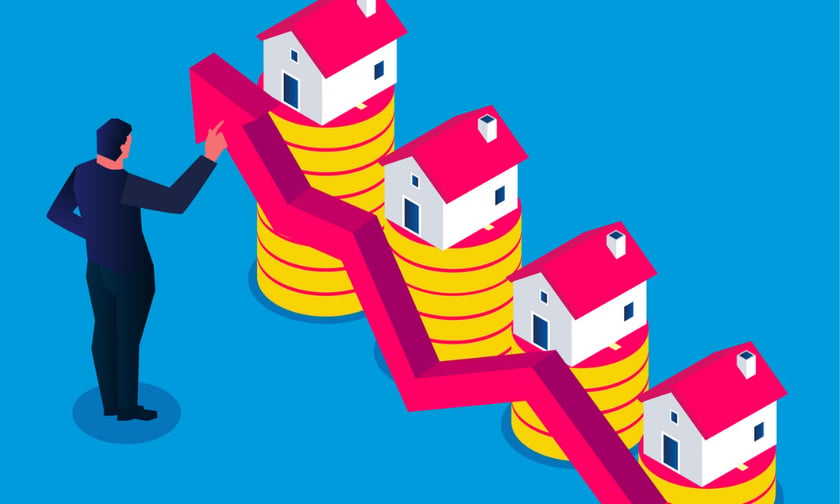

The Gold Coast has recorded some of the highest prices in the country after its steady growth over the past decade. This was exacerbated even further at the onset of the pandemic, with regions achieving a double-digit growth, according to the latest Market Pressure Review Report by InvestorKit.
Broadbeach-Burleigh has the highest median house price increase at 38.2%, followed by Coolangatta at 21% and Surfers Paradise at 18.9%. This boom is expected to continue in the next six to 12 months, but the pace of growth may slow as listings increase.
On the other hand, Gold Coast-North, Robina and Ormeau-Oxenford saw the lowest increases in the region at 11.2%, 13.4% and 13.7%, respectively.
Focusing on eight SA3 regions across the Gold Coast, the report looked into key market pressure indicators to demonstrate the changes in sales and rental prices, stock levels, and speed of sales between August 2020 and 2021.
It found that Gold Coast experienced a demand-led property boom, with monthly sales volumes soaring by 39.9%, while the total monthly listings have fallen 7.3% over the past 12 months.
To make matters worse, vacancy rates are at a crisis level, with most regions having lower than 1%.
“The significant stock shortage in the Gold Coast is pushing house prices up, as buyers from Sydney and Melbourne consider a sea change during the pandemic and others bring forward their retirement plans,” said Arjun Paliwal, head of research and founder of InvestorKit. “While house prices in Surfers Paradise and Broadbeach-Burleigh surpassed the $1 million mark a few years ago, with Coolangatta fast approaching, many other regions in the Gold Coast remain quite affordable.”
The report also analysed the 10-year trend between 2012 and 2021, finding that houses performed much better than units in the Gold Coast. For instance, Broadbeach-Burleigh recorded a median house price growth of 131% while the its unit prices only went up by 53%.
Paliwal noted a decline in rental yields as house values increased. Still, investors can expect medium-level rental results of 2-3% in most parts of the region, but Robina, Nerang and Southport can demand yields well above 4%.
“Considering the increasing rents, low interest rates, and affordability of these regions in comparison to major city coastal markets, the yields are well-placed in the current environment,” Paliwal said.
